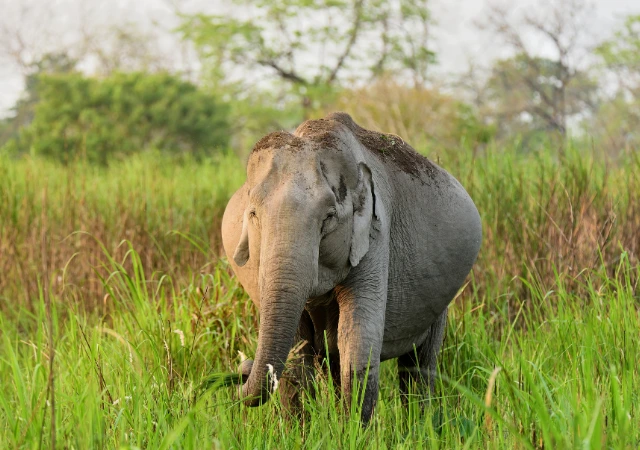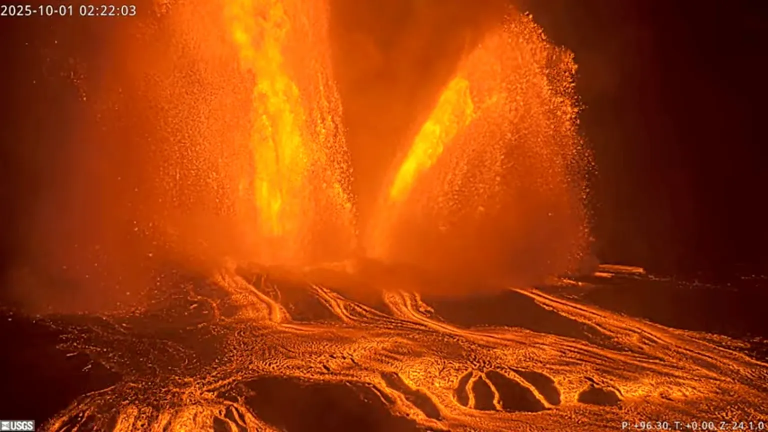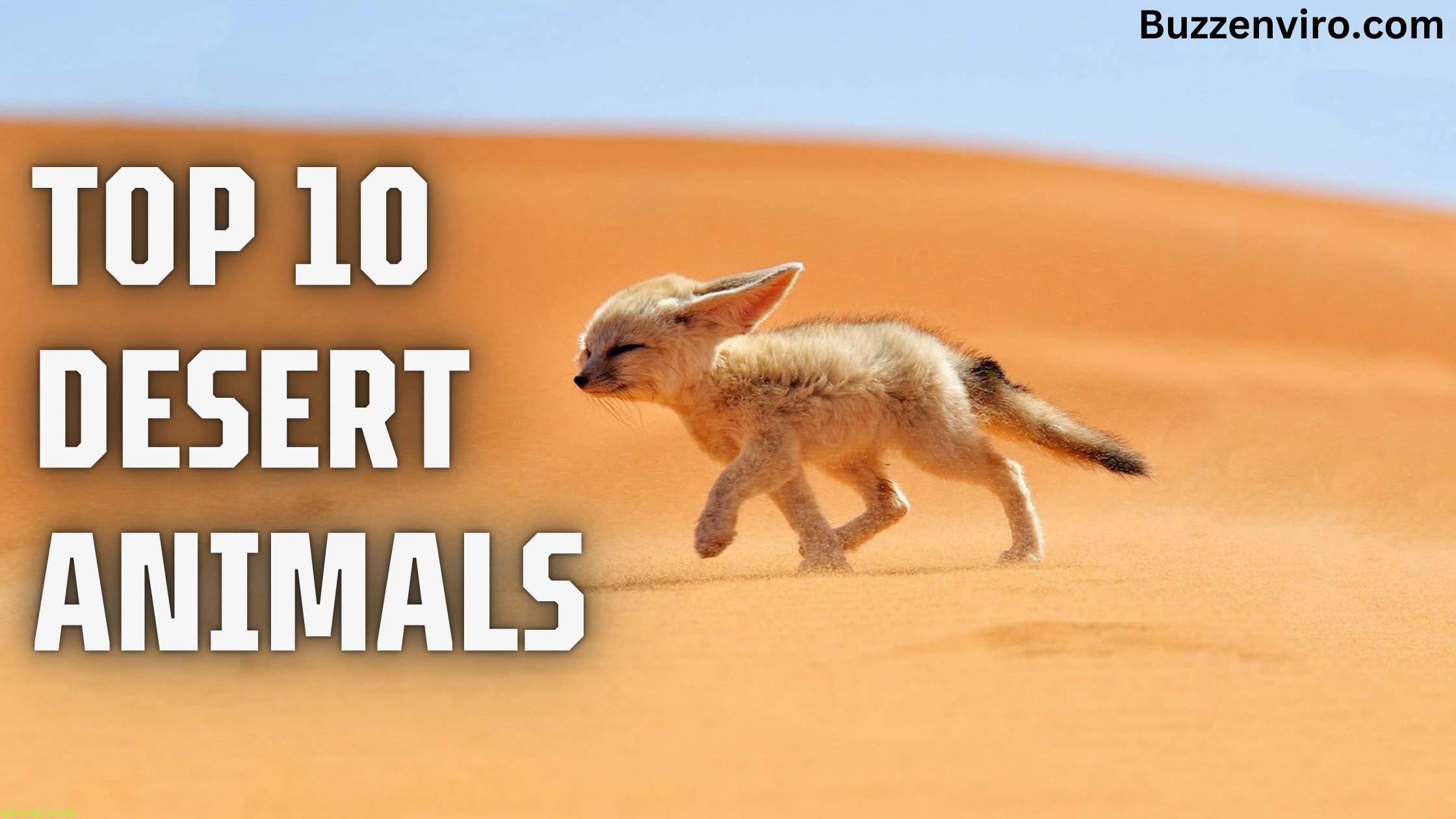
#image_title
Desserts and animals are two things we can all agree are universally loved, so why not combine them? Let’s get creative and imagine what it would be like if these animals were inspired by some of our favorite sweet treats! Here’s a fun, whimsical list of top 10 “desert animals” inspired by real-life creatures like the African Bullfrog, Costa’s Hummingbird, and more, but with a delicious twist!
What are Desert Animals?
Desert animals are species that have adapted to live in some of the most extreme environments on Earth—hot, dry, and often barren landscapes. These creatures have evolved unique features and behaviors to help them survive in regions where water is scarce, temperatures can soar during the day, and drop dramatically at night.
Desert environments, like those found in the Sahara, the Arabian Desert, and the Sonoran Desert, may seem inhospitable to most life. However, many animals thrive in these harsh conditions by developing specific strategies to deal with heat, dehydration, and limited resources.
Top 10 Desert Animals
1. African Bullfrog

It’s rare to come across a frog that can thrive in arid deserts and even mountainous regions with altitudes of 4,000 feet. The African bullfrog, the continent’s second-largest frog, has developed unique strategies to cope with the heat, such as digging itself into the ground until conditions improve. In periods of hot, dry weather, the bullfrog can burrow into the earth and enter a state of dormancy known as estivation.
It sheds its skin, creating a protective cocoon that retains moisture and allows it to absorb water stored in its bladder. This hibernation-like phase can last for extended durations—even exceeding a year—during which it may lose up to 38% of its body weight. Once the rains come, the African bullfrog emerges from its burrow to hunt for food and reproduce. Its diet consists of anything small enough to fit in its mouth, including birds, rodents, and other frogs.
2. Costa’s Hummingbird
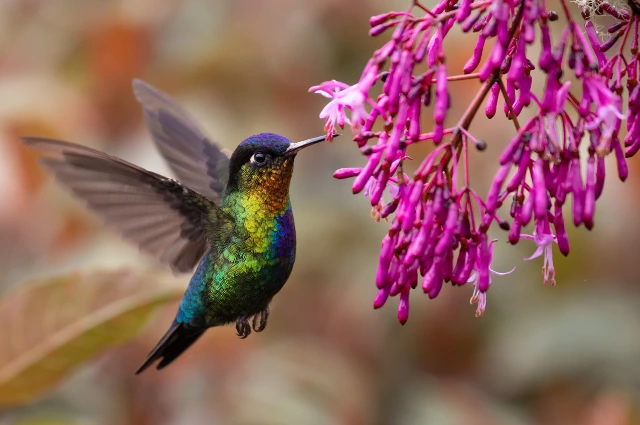
The Costa’s hummingbird can avoid the sweltering heat of the hottest summer days by migrating to chaparral or scrub environments. Conversely, when nighttime temperatures drop drastically, the hummingbird enters a state of torpor, reducing its heart rate from the usual 500 to 900 beats per minute down to merely 50, thereby conserving energy.
This tiny bird obtains all the moisture it requires from the nectar and insects it consumes, although it is happy to take a drink when a water source is present.
3. Sand Cat
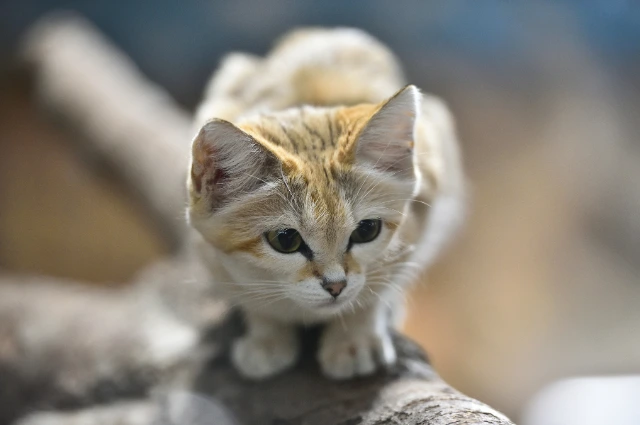
This charming sand cat resembles a character from a cartoon—small, adorable, and possessing remarkable abilities for surviving in the desert. Found in northern Africa and central and southwestern Asia, it is the sole feline species that inhabits sandy desert regions.
The sand cat features large ears positioned low on its head, which aid in shielding it from wind-driven sand and locating prey concealed underground. Its densely furred paws enable it to endure the extremes of both hot and cold sand. In fact, the sand cat can withstand temperatures ranging from 23 to 126 degrees Fahrenheit. To escape the harsh temperatures, sand cats take shelter in burrows left behind by foxes or rodents, enlarging them as required with their strong yet blunt claws.
These cats are active during the day in the winter while becoming nocturnal in the summer.
4. Arabian Oryx
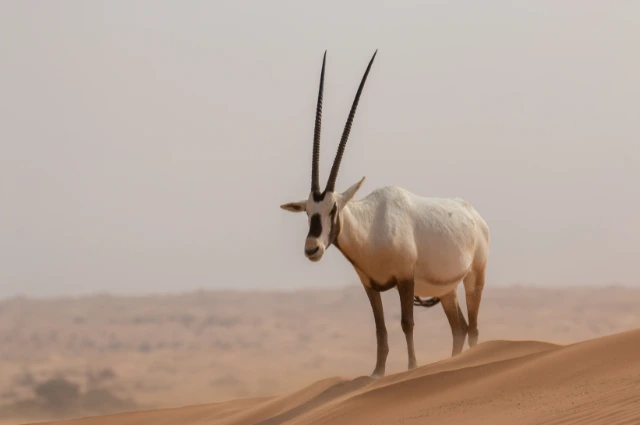
This herbivore possesses a white coat to reflect the daytime sunlight, while its dark legs assist in absorbing heat during chilly desert mornings. It can detect rain from long distances and locate fresh grasses and plants, even resorting to eating roots when other food sources are scarce. It forages at dawn and late afternoon, resting in shaded spots during the heat of midday. Regarding hydration, the Arabian oryx can go for several days, and sometimes even weeks, without a significant drink, obtaining its moisture from the vegetation it consumes.
5. Arabian Wolf
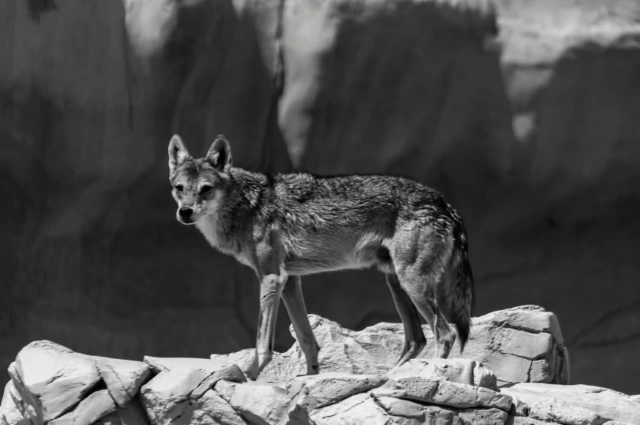
The Arabian wolf is a subspecies of the gray wolf that has adapted to thrive in remarkably harsh desert environments. This 40-pound wolf sports a long coat in the winter to provide insulation against freezing temperatures. Although it has a shorter coat in the summer, the longer fur remains along its back to shield it from the sun’s heat. The wolf also features oversized ears to assist in dissipating body heat. To escape the most extreme temperatures, it digs deep dens and rests in the shade.
The Arabian wolf primarily leads a solitary existence and preys on a variety of creatures, ranging from small birds, reptiles, and hares to larger animals like gazelles and ibexes. It cannot completely forgo water, so it prefers to stay near gravel plains and the edges of the desert.
6. Desert Hedgehog
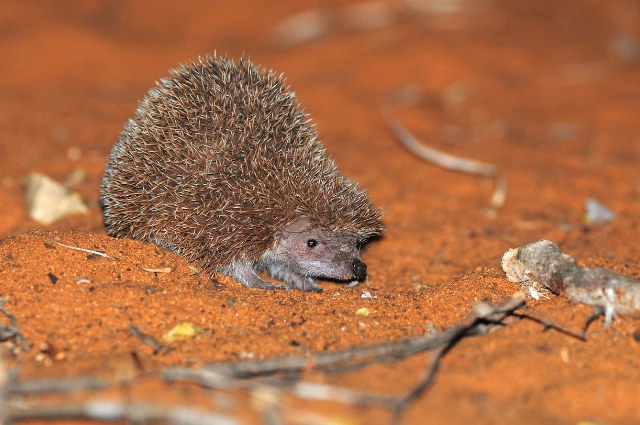
Among the most charming inhabitants of any desert is the desert hedgehog, which can be found in Africa and the Middle East. This species, one of the smallest among hedgehogs, has adapted to thrive in desert and arid scrub environments, growing to a length of just five to nine inches. To cope with the heat, it retreats into its burrow during daylight hours and emerges to forage at night.
The desert hedgehog’s diet is quite varied, encompassing insects, invertebrates, bird eggs, snakes, and scorpions. Remarkably, it can endure long stretches without water, as it derives hydration from the animals it preys upon.
7. Snow Leopard
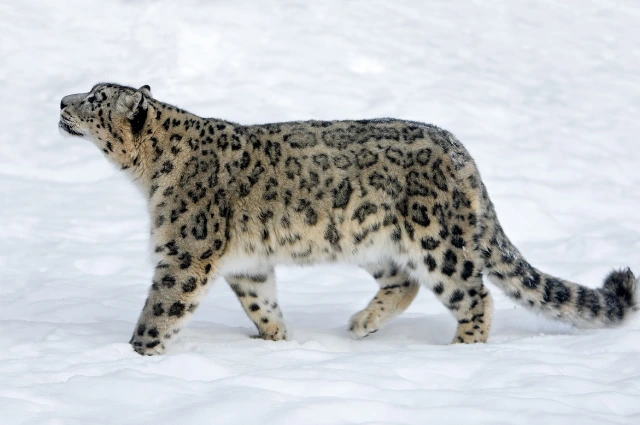
Perhaps one of the most renowned creatures of the Gobi desert and other regions of inner Asia is the snow leopard. This magnificent feline calls high-altitude terrains home, which are some of the most challenging environments to inhabit, yet the snow leopard navigates these conditions with elegance. Its broad chest enables it to extract sufficient oxygen from the thin mountain air, while its expansive nasal passages warm the air before it reaches the lungs.
The snow leopard’s large paws and elongated tail provide excellent balance for traversing rocky landscapes, and its thick, long fur ensures warmth in frigid temperatures.
8. Jerboa
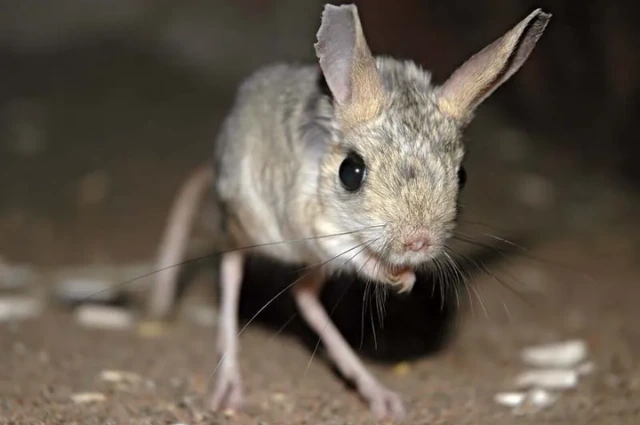
This small, kangaroo-like rodent is indigenous to desert regions in North Africa, China, and Mongolia. Jerboas can be found in deserts worldwide, from the scorching Sahara to the frigid Gobi. At both extremes, these creatures happily dig beneath the surface.
Their burrows serve as protection from extreme temperatures. Jerboas possess short forelimbs and strong hind legs designed for digging, along with skin flaps that close off their nostrils to keep out sand. Additionally, they have specialized hairs that prevent sand from entering their ears. Their long back legs enable them to move swiftly while conserving energy. Jerboas obtain all necessary hydration from the vegetation and insects they consume. In fact, laboratory studies have shown that jerboas can sustain themselves on just dry seeds for up to three years.
9. Sonoran Pronghorn
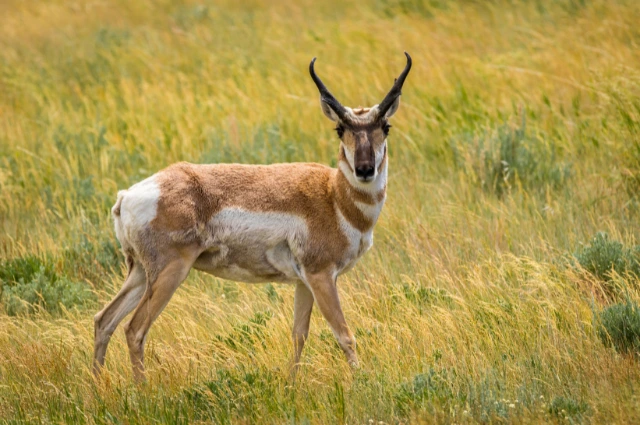
The pronghorn, recognized as the fastest land animal in North America, roams across the continent. However, Sonoran pronghorns have evolved to thrive in particularly demanding conditions. They can consume and digest plants that other herbivores avoid, such as dry grasses and cacti. Their teeth feature notably high crowns to withstand abrasive foods, complemented by a four-chambered stomach that maximizes nutrient absorption.
Their hollow hairs serve as insulation against the frigid nighttime temperatures, and they can also raise patches of hair to release trapped heat and cool down during the hotter days. Despite their exceptional adaptations for desert living, the increasing frequency and duration of droughts caused by climate change may pose significant challenges for this species. Currently, there are only about 200 Sonoran pronghorns left in the wild in the United States.
10. Meerkat
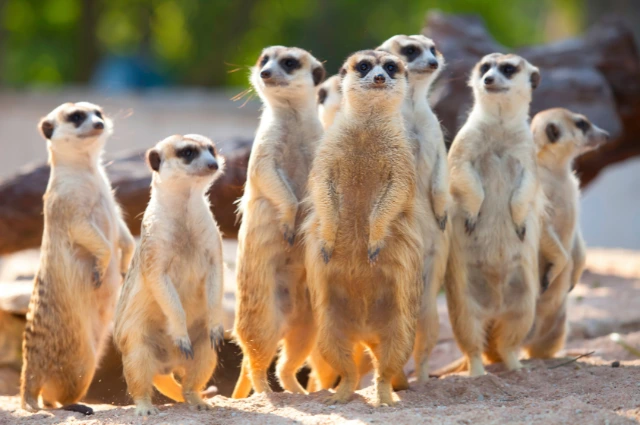
Perfectly suited to thrive in the challenging environment, meerkats have emerged as symbolic creatures of the Kalahari desert. They obtain a significant amount of moisture from their consumption of insects, snakes, scorpions, roots, and tubers.
Meerkats utilize a network of burrows to evade threats and shield themselves from severe weather conditions. They possess the ability to close their ears to prevent sand from entering and have a third eyelid that safeguards their eyes. The dark markings surrounding their eyes provide additional protection by minimizing sunlight glare, enhancing their ability to detect potential dangers.
While these dessert-inspired animals may be purely fantastical, they’re a reminder that a little imagination can go a long way in mixing the best of both worlds: nature and sweet treats.
From the rich African Bullfrog Brownie to the delicate Costa’s Hummingbird Macaron, these creatures give us a fresh take on how we can view animals and desserts alike!
What dessert-inspired animal would you create? Let us know in the comments below!
